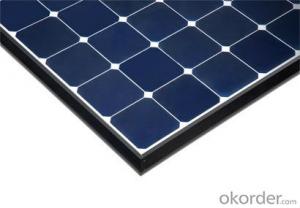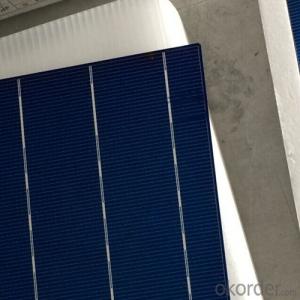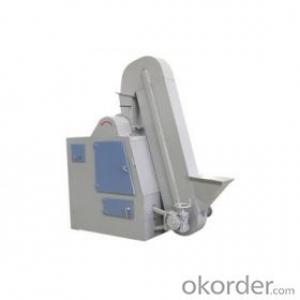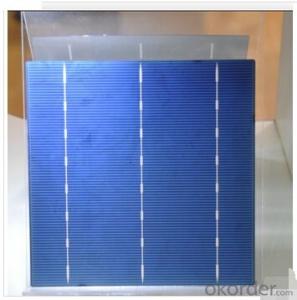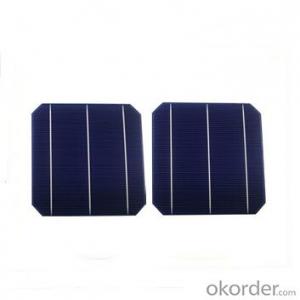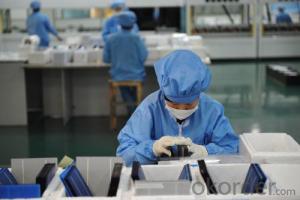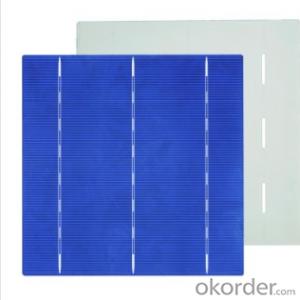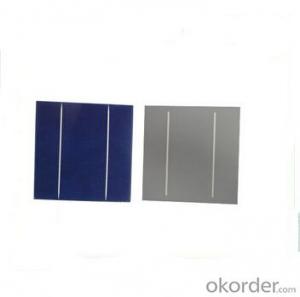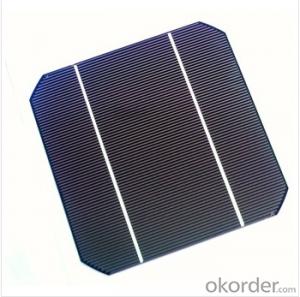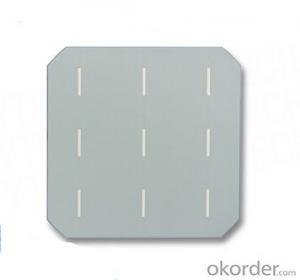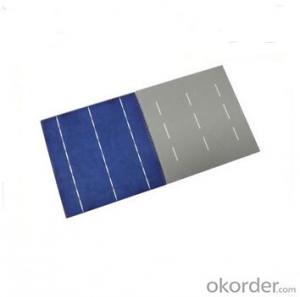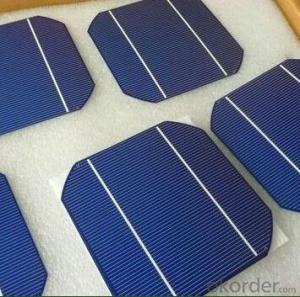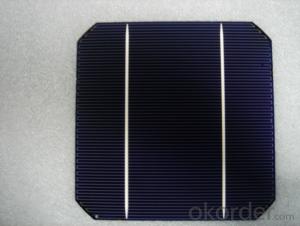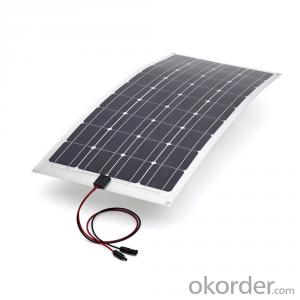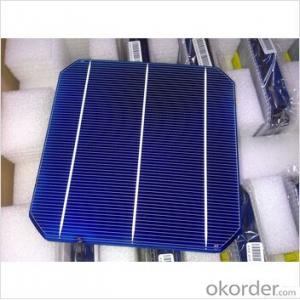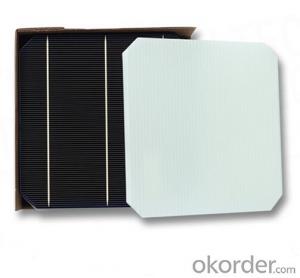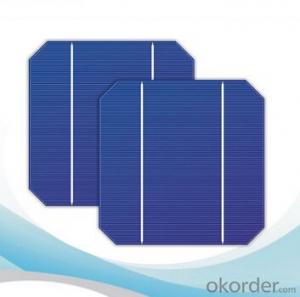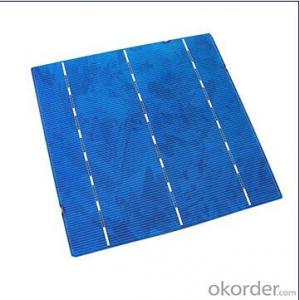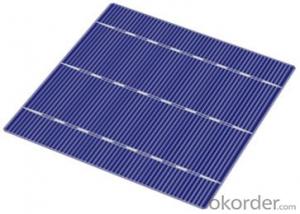Full Tabbed Solar Cells Broken
Full Tabbed Solar Cells Broken Related Searches
Raw Material For Solar Cells Roof Shingles With Solar Cells High Quality Solar Cells Light Trapping In Solar Cells High Performance Solar Cells High Output Solar Cells Best Solar Cells In The World Energy Transfer In Solar Cells Recombination In Solar Cells Hot Solar CellsHot Searches
Cheap Solar Cells For Sale Flexible Solar Cells For Sale Printed Solar Cells For Sale Bulk Solar Cells For Sale 6x6 Solar Cells For Sale Broken Solar Cells For Sale Cpv Solar Cells For Sale Price Of Silicon Solar Cells Price Of Solar Cells Over Time Buy Solar Cells From China Cheap Solar Cells China Best Type Of Solar Cells Flexible Solar Cells Price Q Cells Solar Panels Price 3 Types Of Solar Cells Production Of Solar Cells Common Types Of Solar Cells Q Cells Solar Panel Prices Home Depot Solar Cells N-Type Solar CellsFull Tabbed Solar Cells Broken Supplier & Manufacturer from China
Okorder.com is a professional Full Tabbed Solar Cells Broken supplier & manufacturer, offers integrated one-stop services including real-time quoting and online cargo tracking. We are funded by CNBM Group, a Fortune 500 enterprise and the largest Full Tabbed Solar Cells Broken firm in China.Hot Products
FAQ
- Yes, solar cells can be used in agricultural irrigation systems. Solar-powered irrigation systems harness energy from the sun to power water pumps, allowing the efficient distribution of water to crops. This renewable energy solution reduces reliance on traditional electricity sources, making it a sustainable and cost-effective option for agricultural irrigation.
- Dust and dirt can have a significant impact on solar cell efficiency. When dust and dirt accumulate on the surface of solar cells, they block sunlight from reaching the cells, reducing their ability to generate electricity. This decrease in solar cell efficiency can lead to a decrease in overall power output and, consequently, a decrease in the overall efficiency of a solar panel or system. Regular cleaning and maintenance of solar panels are necessary to ensure optimal performance and maximize energy production.
- Whether the solar cell is light can produce electricity
- Photoelectric effect of the work of thin film solar cells as the mainstream, and the implementation of photochemical effects of solar cells is still in the embryonic stage.
- Solar cells can be affected by extreme temperature fluctuations. High temperatures can cause solar cells to become less efficient and generate less electricity, while very low temperatures can reduce their ability to function optimally. However, advancements in technology and the use of materials that are more resistant to temperature changes have improved the performance of solar cells in areas with extreme temperature fluctuations. Additionally, proper installation and maintenance can help mitigate the impact of temperature fluctuations on solar cell performance.
- Solar cells have a significant impact on national energy policies as they promote the diversification and decentralization of energy sources. By harnessing the power of the sun, solar cells contribute to the development of renewable energy and reduce reliance on fossil fuels. This, in turn, helps countries achieve their energy security goals, mitigate climate change, and enhance sustainability. Governments often incentivize the adoption of solar cells through policy measures such as feed-in tariffs, tax credits, and research funding, which further drive the growth of solar energy and shape national energy policies.
- Yes, solar cells can be used to power remote agricultural monitoring systems. Solar cells convert sunlight into electricity, which can be stored in batteries for use during the night or when there is no sunlight. This makes solar cells a reliable and sustainable energy source for powering agricultural monitoring systems located in remote areas where access to the electric grid may be limited or unavailable.
- Can a solar cell be used in commercial buildings?
- Yes, of course, it can .
- Solar cells can greatly alleviate energy poverty by providing access to clean and affordable electricity to communities without reliable power grids. Solar energy is a sustainable and renewable source that can be harnessed even in remote areas, reducing dependence on fossil fuels and expensive fuel imports. This technology empowers individuals and businesses to generate their own electricity, improving quality of life, supporting economic development, and enabling access to essential services such as lighting, education, healthcare, and communication.



